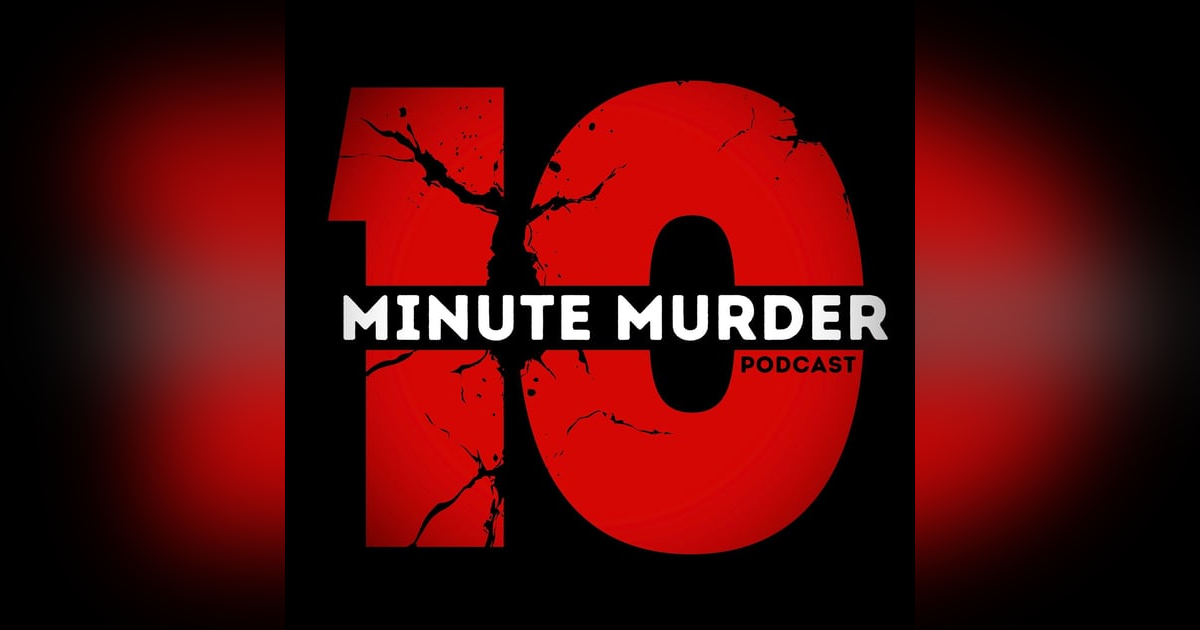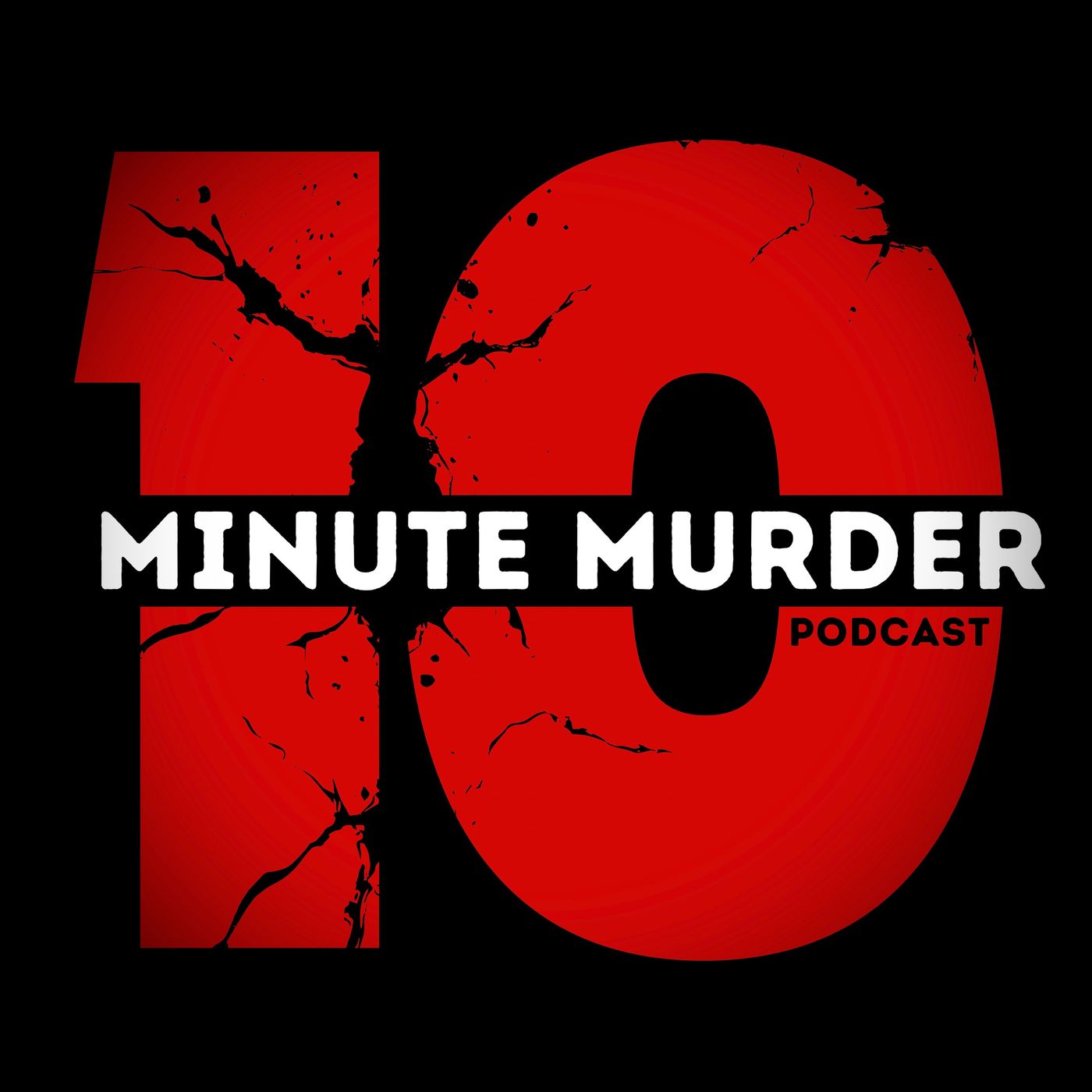Viral to Violent: The Nasim Aghdam Story

Nasim Aghdam and the Viral Path to a Tragedy
On April 3, 2018, a 39-year-old woman walked up to YouTube headquarters in San Bruno, California, with one very specific objective. What that objective was—and how long she’d been planning it—wouldn’t become clear until much later. But what we do know is that it didn’t start that day. It started years earlier, and across several countries.
Her name was Nasim Najafi Aghdam. Born in Urmia, Iran. Then moved with her family to Azerbaijan. Then again, this time across the globe, to the United States. She’d been living in California since she was a teenager, and she had the kind of life story that looked, on the surface, like a model case study in assimilation. Multiple languages under her belt—Persian, English, Azerbaijani, Turkish—and a passport that could’ve come with footnotes.
That skillset landed her right in the middle of the internet boom. As social media started compressing the globe into bite-sized, bingeable chaos, Nasim leaned into it. She launched a handful of YouTube channels where she shared vegan recipes, fitness routines, and occasionally, opinions that didn’t always land softly. But it worked. Her content hit big overseas, especially in Iran, and for a while she was living the algorithm dream—going viral, collecting ad revenue, and building a brand.
For a time, things were going up. Or at least, they looked like they were.
When the Message Shifted: From Vegan Advocacy to Anger Online
Nasim was living the 2010s version of the American Dream—one that didn’t require a white picket fence, just a solid Wi-Fi connection and a half-decent upload schedule. She was making money through content, going viral, and getting attention in a niche that most people scroll past unless it involves a cat or someone falling off a treadmill.
And for a minute, it looked like the only direction she could go was up.
But her content started to shift. The tone got heavier. Angrier. At first, she used her platform to spotlight animal cruelty, which—on paper—was a solid move. Her videos became more activist-focused, and she started showing up at protests, making her presence known offline too.
That’s how she ended up giving an interview during a PETA demonstration, protesting how the U.S. Marine Corps used pigs for trauma training. She was standing there in blood-splattered pants (fake blood, for the record), holding a plastic sword like a vegan-themed Game of Thrones character, saying:
“For me, animal rights equals human rights.”
It was passionate, sure. But it also marked a pivot—from content creator to crusader. And that pivot came with consequences.
From Activism to Obsession: Nasim’s Decline and YouTube Conspiracy
Nasim wasn’t quiet about what she believed. She wanted more people to go vegan, and she wanted fewer animals used in anything that looked like entertainment or training exercises. But the facts? Her last confirmed protest with PETA was nearly a decade earlier.
“She appeared at a few demonstrations about nine years ago,” a PETA spokesperson later said. “But changed her phone number and dropped out of sight.”
That’s where the disconnect began. Her identity as an activist wasn’t really lining up with her actions anymore. Her content, once upbeat and passionate, started veering into odd territory—like, surreal and slightly unhinged levels of odd. Views dropped. Revenue tanked. And instead of seeing it as the internet doing what the internet does—move on—Nasim got fixated.
She believed YouTube was targeting her. Not in a vague, “the algorithm hates me” kind of way, but a full-blown belief that the platform was actively censoring her content because of her pro-vegan, anti-cruelty messaging. The channel that had once lifted her up, she now saw as trying to silence her.
In one 2017 video, she’s wearing a black hood and asking viewers:
“When it comes to freedom of speech, do you think that Iran is better than USA or USA is better than Iran?”
Alone, it’s the kind of question that might get a few comments and a downvote or two. But in the context of everything else—her tone, her building resentment—it landed differently.
And then came the part no one saw coming.
As her views kept dropping, Nasim used some of her remaining income to purchase a 9mm Smith & Wesson semi-automatic pistol. Because to her, this wasn’t just about content anymore. It was personal.
A Disappearance, a Visit, and a Strange Calm Before the Storm
A few months after buying the gun, Nasim quietly packed up her life and left. No goodbyes, no notes—just her, a car full of belongings, and whatever plan she hadn’t told anyone about. Up until then, she’d been living with her grandmother. So when she didn’t answer her phone for two days straight, her family did what any family would do: they called the police and reported her missing.
On the morning of April 2, police found her sleeping in her car outside a Walmart in Mountain View. At first glance, she seemed fine. Calm. Said she’d had a fight with her family and was just waiting things out until she could land a job. The officers didn’t know she had a weapon in the car. And legally, there was nothing they could really do. Nasim was 39 years old. Being missing is only a problem if you don’t want to be missing.
So the police called her family, said she was safe, and let her go.
Later that same day, Nasim drove to YouTube’s headquarters in San Bruno.
Now, if you’ve followed any part of her story up to this point, you’d probably assume she was about to start yelling about censorship or demanding someone look at her analytics. But no—she walked up to the front desk and asked about job openings. Legitimately. She talked to the receptionist and asked how to get hired by the same company she’d spent months accusing of ruining her life.
The conversation lasted about ten minutes. Then she left.
With hindsight, it feels like a scouting trip. But at the time, it looked like an awkward, kind of confusing job inquiry. Nothing about her behavior raised alarms. Not yet.
The Shooting at YouTube Headquarters: A Plan in Motion
After that strange, quiet visit to YouTube’s front desk, Nasim spent one more night in her car. Alone, parked somewhere in the Bay Area, the next steps already locked into place. Early the next morning, she drove to a nearby gun range. No announcement. No red flags. Just walked in, paid for her time, and spent less than an hour practicing with the 9mm pistol she’d legally purchased weeks earlier. There was no big outburst. No manifesto handed out at the counter. Just target practice—quiet and efficient.
Then she got back in her car and drove straight to YouTube headquarters.
This time, her arrival didn’t go unnoticed. Security guards at the building saw her approaching, her purse slung over one shoulder, walking through the sunny courtyard around lunchtime. She didn’t look lost. She wasn’t meandering or hesitant. She was moving with purpose.
One of the guards stepped forward and asked for ID. Instead of answering, Nasim pulled out the gun and opened fire.
The guard scrambled out of the way and managed to call 911, but the damage had already begun. The courtyard was full of employees—people outside eating lunch, scrolling on their phones, catching a quick break from work. Suddenly, that space turned into a war zone. Nasim unloaded a full magazine, then paused to reload.
She moved toward the front doors of the building and tried to force her way inside. But by then, the building had gone into lockdown. Security protocols kicked in fast. The doors were sealed, and no amount of shooting at the glass was going to change that.
Still, she tried. She aimed at the glass and kept firing, blowing a hole through the doors large enough to see through—but not pass through. When it finally became clear she wasn’t getting in, and she wasn’t going to get to whoever she believed was responsible for her downfall, Nasim turned the gun on herself.
She fired once into her chest, the bullet piercing her heart. She collapsed right there in the courtyard. By the time first responders arrived, she was already gone.
In total, she’d fired over 20 rounds. Three people were hit: one man in critical condition, two women who were injured but stable. Another woman hurt her ankle trying to escape. Everyone survived—except Nasim.
And yeah, there’s probably a metaphor buried in all of this. A woman who felt ignored, who believed she was being silenced, carried out an act of violence to make people pay attention—and the only person she ended up silencing was herself.
You can make a case for mental health, for paranoia, for an internet-fueled feedback loop that kept pushing her further into rage and isolation. But in the end, the most devastating casualty in Nasim’s plan was Nasim herself.





